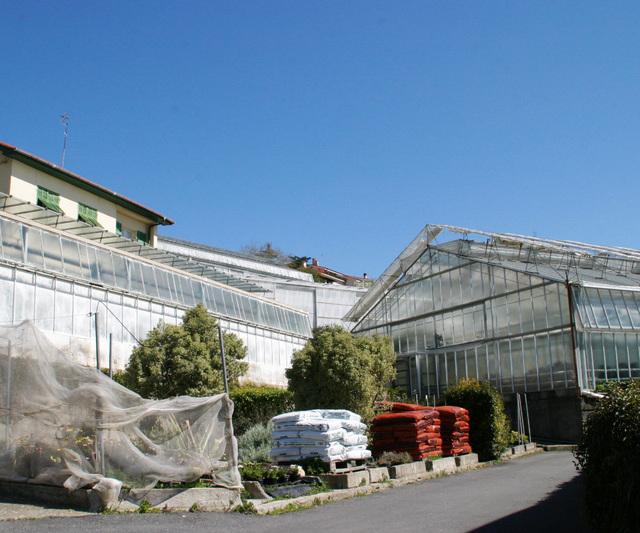
Experimental Institute for Floriculture (Villa Bel Respiro)
This post is also available in:
 Italiano (Italian)
Italiano (Italian)
The Experimental Institute for Floriculture was born on January 25, 1925, with the Royal Decree no. 129, as the first Italian institution dedicated to floriculture. It was officially called Experimental Station for Floriculture “Orazio Raimondo”, honouring the Mayor of Sanremo and famous attorney.
Mario Calvino, the father of the Italian novelist, was the first director of this Experimental facility from 1925 until 1950.
In 1953, the International Aid Administration donated Villa Bel Respiro to the Experimental Institute. Thus, its new headquarters were set in a neo-Renaissance, mixed style building, in the middle of a park full of palm trees and other popular garden species of the nineteenth century.
From 1950 to 1959, Mario Calvino’s wife, Eva Mameli Calvino, took over the management of this important facility. From 1959 to 1979, it was then entrusted to Professor Giuliano Puccini. In 1967, the new Experimental Institute for Floriculture was eventually established by an official act.
Luigi Volpi, Antonio Grassotti, Tito Schiva, Carlo Pasini and, currently, Barbara Ruffoni – the latter is the current curator – have been managing the Institute since 1979.
On August 2nd, 2007 the Institute was transformed into a Research Unit for Floriculture and Ornamental Species (CRA-FSO). The CRA-FSO deals with floral, ornamental, officinal, aromatic and essence species; it focuses on genetic improvement, new cultivation techniques, in vivo and in vitro propagation, as well as the conservation and enhancement of the very Mediterranean germplasm, without forgetting about the quality and sustainability of crops.
Experimental activities are the most important part of the work done at the Institute. Tests are mostly carried out in the labs and headquarters, while on occasions there are also outsourced to private grower companies. All these efforts are part of the diversification and qualitative improvement of ornamental productions, as well as the development of new germplasm for ornamental, landscape and ecological purposes.
Other experiments and research cover the following issues: the collection and conservation of genetic resources; the improvement of post-harvest quality on ornamental species by advanced methods; biotechnology on ornamental species; the reduction of the environmental impact, through soilless cultivation and the integrated fight against adversity; the deepening of knowledge about host-parasite relationships.
Scientists are currently researching rosemary and its 52 varieties present in the park.
This post is also available in:
 Italiano (Italian)
Italiano (Italian)
Contatti
Corso degli Inglesi 508 - 18038 Sanremo(IM)
0184 667249
fso@entecra.it
